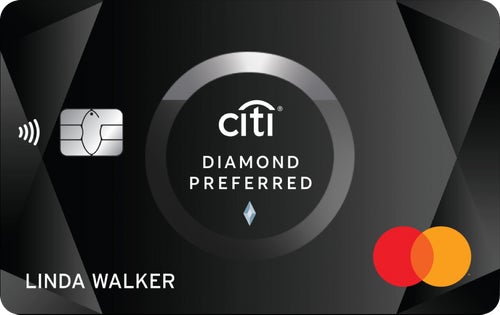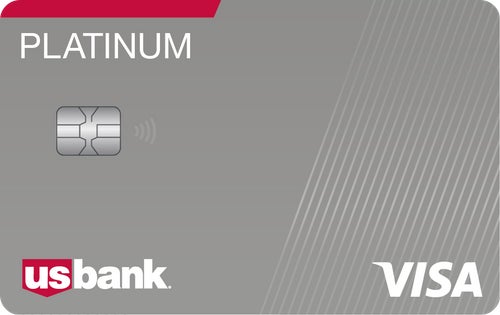'ZDNET Recommends': What exactly does it mean?
ZDNET's recommendations are based on many hours of testing, research, and comparison shopping. We gather data from the best available sources, including vendor and retailer listings as well as other relevant and independent reviews sites. And we pore over customer reviews to find out what matters to real people who already own and use the products and services we’re assessing.
When you click through from our site to a retailer and buy a product or service, we may earn affiliate commissions. This helps support our work, but does not affect what we cover or how, and it does not affect the price you pay. Neither ZDNET nor the author are compensated for these independent reviews. Indeed, we follow strict guidelines that ensure our editorial content is never influenced by advertisers.
ZDNET's editorial team writes on behalf of you, our reader. Our goal is to deliver the most accurate information and the most knowledgeable advice possible in order to help you make smarter buying decisions on tech gear and a wide array of products and services. Our editors thoroughly review and fact-check every article to ensure that our content meets the highest standards. If we have made an error or published misleading information, we will correct or clarify the article. If you see inaccuracies in our content, please report the mistake via this form.
The best credit cards for medical expenses: Get the care you need




Today, the average employer pays more than $13,300 per employee for health insurance, while individual family premiums run about $22,221 per year. It is no small change and can add up quickly when you need extra services, like a specialty or out-of-network provider and detailed testing like X-rays and scans.
It is expensive enough to pay for medical care with health insurance, but without health insurance, these costs can feel unsurmountable. That is where the right credit card for medical expenses can help you get the care you need while offering the time and space necessary to pay off those larger bills.
With the Citi Diamond Preferred card, you get an extended promotional period that is far longer than other credit cards. For 21 months, you will have 0% APR on balance transfers and 12 months of 0% APR on purchases before changing to a 17.99% to 28.74% variable APR. Balance transfers will cost $5 or 5% of the transfer, whichever is greater. This is not a card to get when you want extra rewards because this card has none. The promotional period is the best reward that the Diamond Preferred offers, but it can save you a ton of money in interest over a longer period of time.
There is 24/7 customer service with automatic account alerts, plus the freedom to pick your own payment date. Good credit is recommended to apply.
Pros:
- Extended APR period
- No annual fee
- Balance transfer intro offer
Cons:
- Must have good credit
- No rewards program
- Foreign transaction fee

Citi® Diamond Preferred® Card
The U.S. Bank Visa Platinum card has an introductory 0% APR that lasts an entire 18 billing cycles, longer than many other comparable cards. That means if you have a big expense to suddenly pay for, your Visa Platinum card could be an excellent way to buy some time before you have to begin paying interest.
The APR after that is largely reasonable at a variable APR 19.49%-29.49% for standard ongoing rates. U.S. Bank allows you to choose your own payment date, plus there is auto-pay to keep things simple. There are no awards, but there is no annual fee to save you some cash. U.S. Bank will even cover your phone with cell phone protection when you pay your bill with your Visa Platinum card. Fraud protection is also included with free credit score monitoring available in the app or online.
Pros:
- Introductory APR
- No annual fee
- Includes cell phone coverage
Cons:
- No rewards program
- Good credit needed
- No welcome offer

U.S. Bank Visa® Platinum Card
The Wells Fargo Reflect card carries a 0% APR on purchases and qualifying balance transfers for the first 21 months from account opening. The balance transfers must be done in 120 days from the account opening to qualify for the intro period. There will be a 5% ($5 min) balance transfer fee that will apply. At the end of the promotional period, the rate changes to a 17.99% to 29.99% variable APR.
There is no annual fee, and you also receive up to $600 in cell phone protection when you pay your bill with your Reflect card (subject to a $25 deductible). A unique benefit from Wells Fargo includes 24/7 roadside dispatch, as well as My Wells Fargo Deals that offers exclusive pricing from top merchants.
Pros:
- Long promo APR period
- No annual fee
- Extra Wells Fargo benefits
Cons:
- No welcome bonus
- No rewards program
- Foreign transaction fee

Wells Fargo Reflect® Card
How did we choose these credit cards?
Most financial institutions today have credit cards that they offer to new customers, but not all of them may work when you are looking for the best credit cards for medical expenses. In our search for today's top credit cards, we meticulously analyzed real consumer reviews while also measuring each company against a specific set of metrics.
These are some of the factors that we considered in finding the best credit cards for medical expenses.
- Medical needs: To find the right card, first think about your specific medical needs. If you see an out-of-network provider or plan to have a specific procedure, it will help to have an idea of your general needs so you can match them to the best credit card.
- APR: The amount of interest you will pay each billing cycle matters because it can quickly add up and cost you more than you expected. The APR can vary significantly between cards and is based on a number of factors, including your credit score.
- Credit score: Your credit score is used to determine the financing terms of your medical credit card. When you have a higher credit score, you generally receive lower interest rates than someone with poor credit.
- Rewards: Some credit cards will offer special introductory or general rewards that give you cash back or bonus miles that you can use for future purchases.
- Introductory offer: Most cards offer a special introductory offer to reward you for signing up. This can include no interest for a certain amount of months, extra cash back on balance transfers, or additional miles on your everyday purchases.
These are all factors that can help you in your search for the best credit card for medical expenses.
Which is the right credit card for you?
Choose this card... | When you... |
Citi Diamond Preferred card | Want a low APR to pay off expenses |
Chase Freedom Unlimited | Shop at drug stores for your medical needs |
U.S. Bank Visa Platinum card | Are consolidating medical debt |
Wells Fargo Reflect card | Have temporary, emergency expenses |
With so many institutions offering so many credit cards, it can quickly get confusing to tell them all apart.
Are there alternative cards to consider?
CareCredit: Best for out-of-pocket medical expenses
CareCredit is a unique provider that specializes in medical-related financing for your entire household - even your pets. The program provides coverage for health, wellness, and even beauty treatments, so you can use your CareCredit account to pay for certain procedures or treatments that your regular health insurance company will not cover. The funds can be used to pay a deductible or to pay for out-of-pocket procedures. There are shorter financing terms of anywhere from six to 18 months on purchases you make of $200 or more.
There is a convenient mobile app to help you manage your account, plus there is an option for online bill pay. You also can search more than 250 practices and medical professionals covered by CareCredit on its website to ensure you select a provider that is covered by the program.
Pros:
- Covers a variety of medical procedures
- Several financing terms
- Accepted at 250+ providers and facilities
Cons:
- Shorter financing terms
- High regular APR
- Only works for medical needs